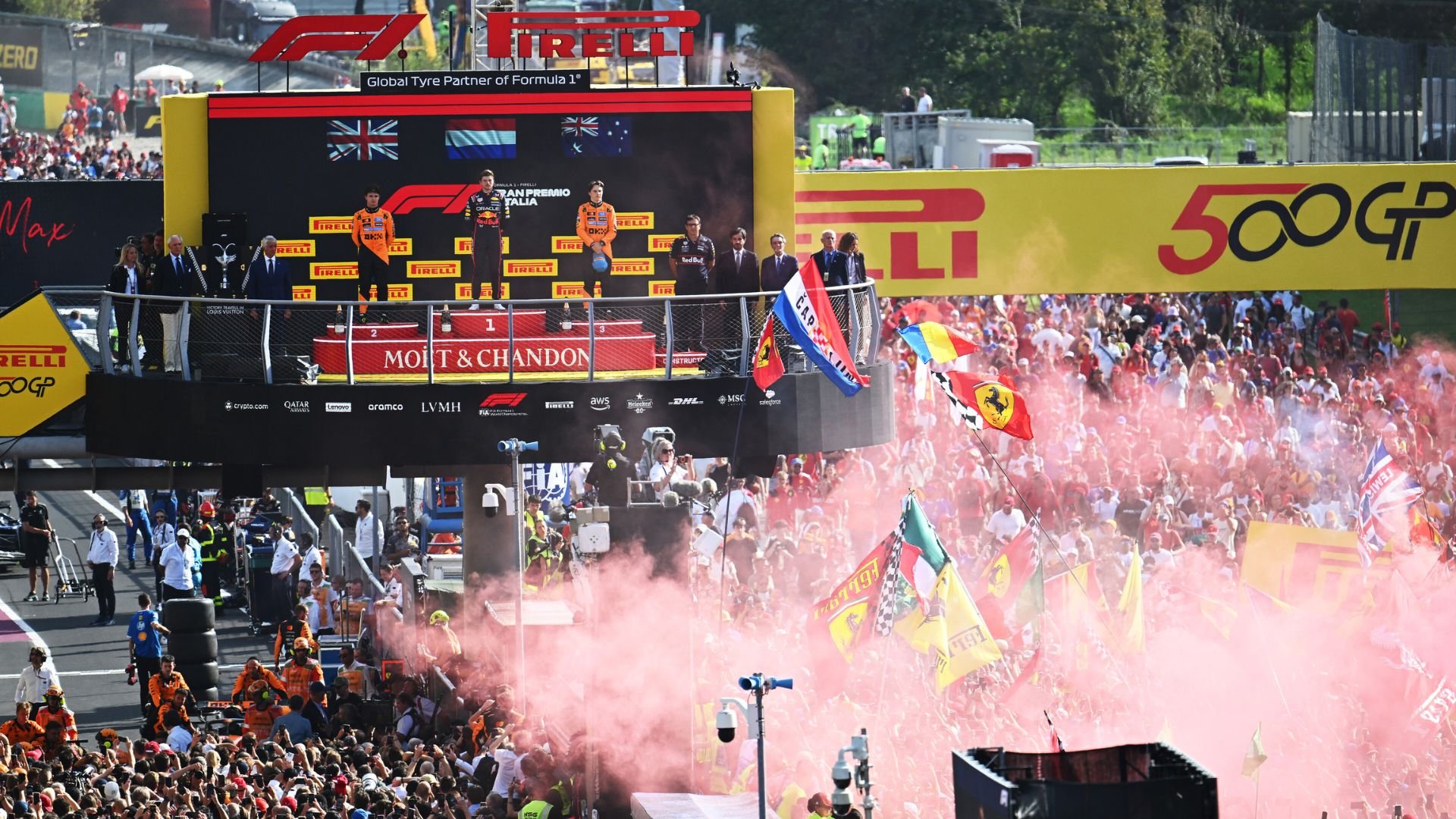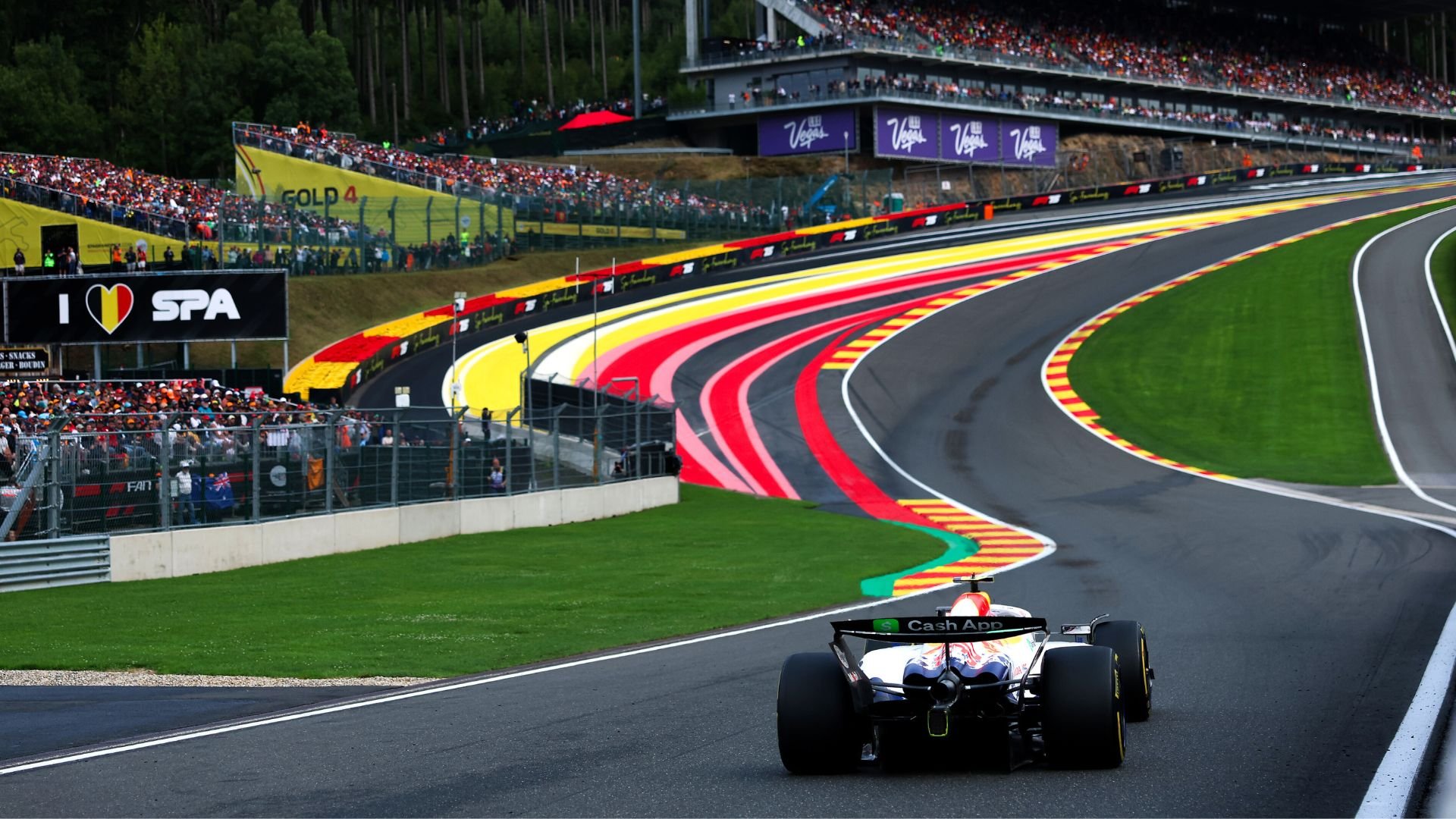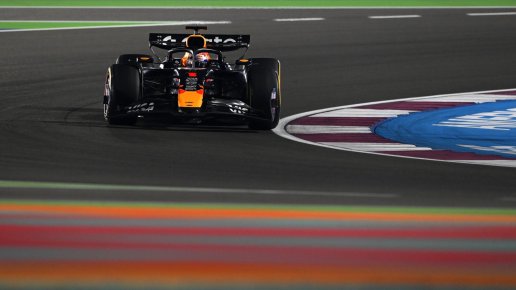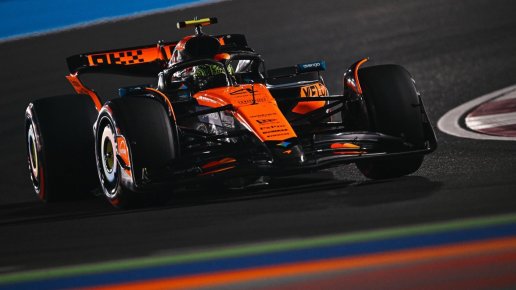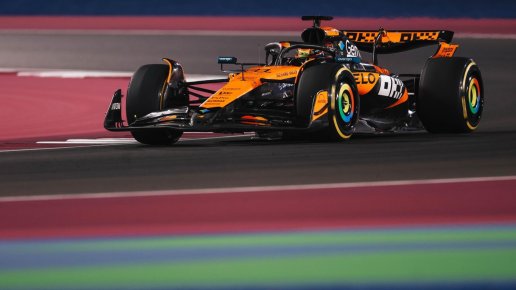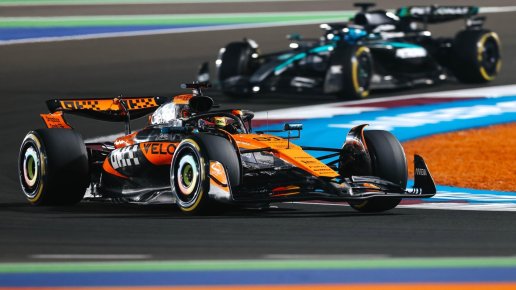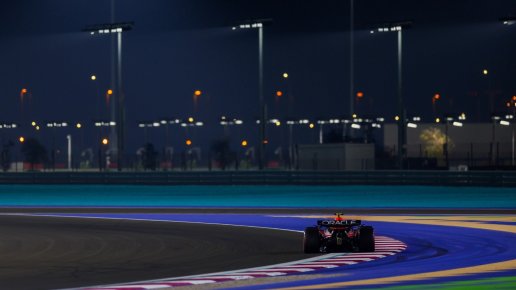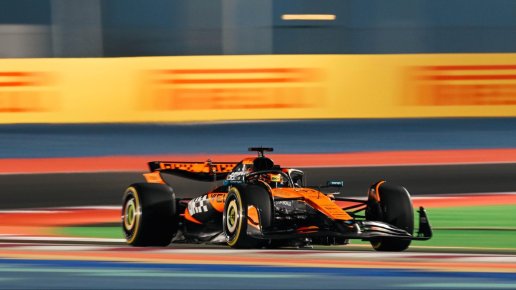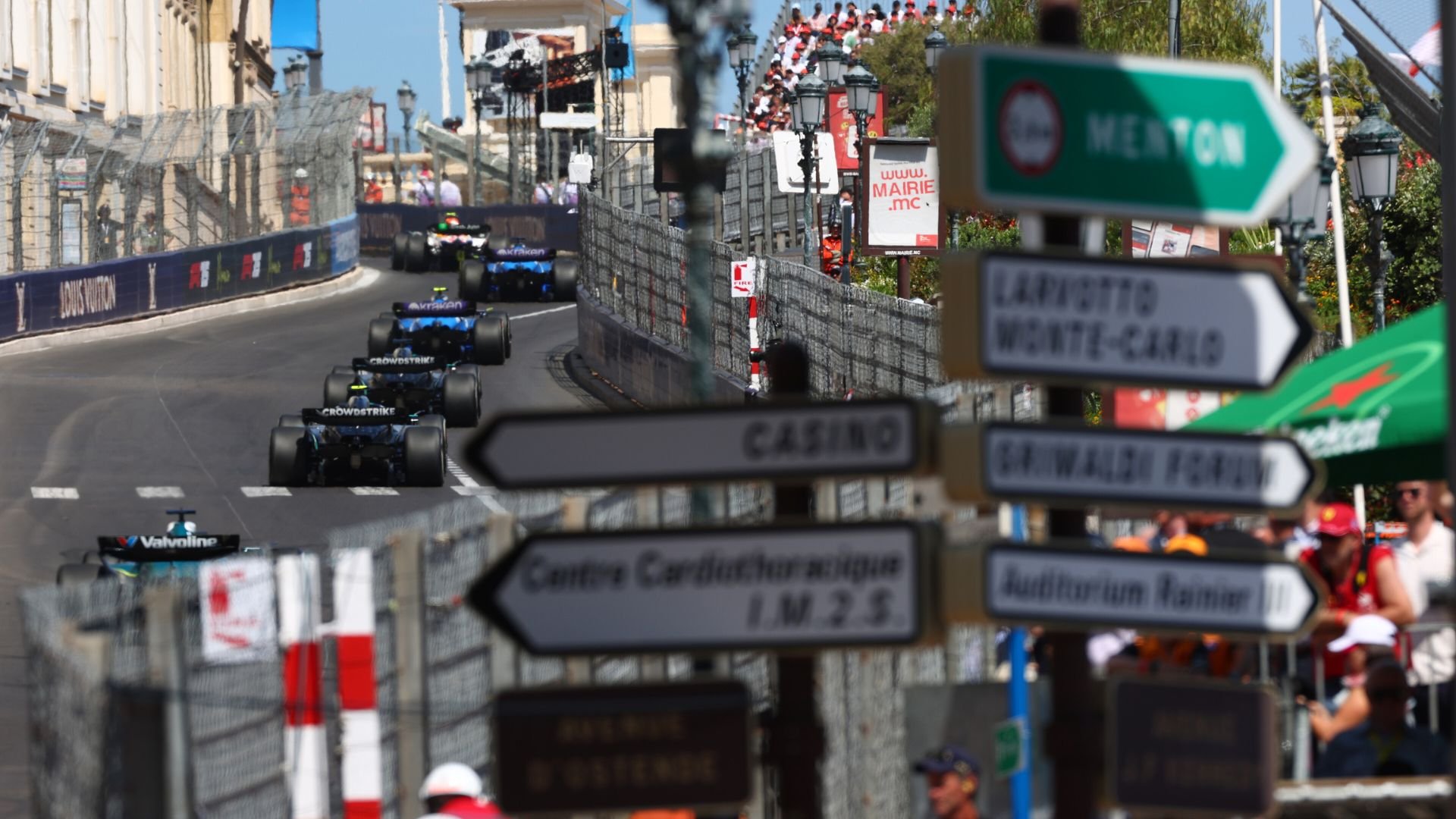
Photo: Getty Images / Red Bull Content Pool
Can Formula 1’s historic circuits survive in the modern era?

Formula 1 F1 F1 circuits stefanodomenicali comments F1 calendar
As Formula 1 expands into new markets and focuses on modern entertainment, its most historic circuits face an uncertain future, with heritage no longer enough to guarantee their place on the calendar.
F1 & MotoGP news to your inbox every day.
The future of classic and historical Formula 1 tracks is becoming more uncertain as the sport continues to evolve and expand across the world. Formula 1 CEO Stefano Domenicali has made it clear that no circuit can rely solely on its history to secure a place on the calendar. “If a grand prix has this historical value, it is a plus in the table of considerations, but it is not enough,” he said recently. This statement underlines a major shift in F1’s direction, where tradition and legacy are no longer the main factors that determine which races stay and which go.
Under Liberty Media’s ownership, Formula 1 has changed its focus. The calendar, once dominated by classic European venues, has become increasingly global. New races in Saudi Arabia, Qatar, and Las Vegas have joined the schedule, bringing in huge financial investments and attracting new audiences. However, this growth has come at a cost to older and much-loved tracks such as Zandvoort, Spa-Francorchamps, and even Monza. The sport is clearly trying to appeal to a wider and younger audience, and that means new standards for circuits and fan experiences.
Domenicali has stressed that even the most iconic venues must evolve if they want to stay relevant in modern Formula 1. “History must be supported by a structure that looks to the future,” he explained. “That means investment in infrastructure to improve, since tickets are not exactly cheap, to provide services to fans at all levels.” His words suggest that the sport’s leaders expect historic tracks to offer the same level of comfort, entertainment, and spectacle that newer circuits already provide. The message is simple: nostalgia is not enough.
READ MORE: Are more sprint weekends the future of Formula 1?
This transformation in F1’s calendar reflects a larger change in the fan base. Domenicali noted that today’s younger fans are less emotionally attached to history. “For many young people who follow Formula 1 today, going to race in Monte-Carlo compared to the new Las Vegas circuit makes no difference to them,” he said. “So this is not a fundamental element for us.” The new generation of fans values the excitement and the show more than the tradition behind a race. For them, the thrill of the event is more important than its legacy.
For older fans, this shift can be difficult to accept. Circuits like Spa, Monza, and Monaco hold a special place in Formula 1 history. They have witnessed legendary battles, unforgettable victories, and moments that have defined the sport. Losing them would mean losing part of what makes Formula 1 unique. Domenicali himself admits that he understands this emotional connection. “It is an element that gives history and is important for those, like me, who have been following Formula 1 since they were a child,” he said.
Despite this, the calendar has its limits. Domenicali confirmed that the schedule will not expand beyond 24 races, which means every new venue will replace an existing one. “Countries must be financially present in a calendar that I think won’t grow beyond the number we have today,” he said. This creates tough competition among circuits, where financial strength and modern facilities often outweigh historical importance.
In the end, the survival of the classic tracks depends on their ability to adapt. Formula 1 is moving into a new era, one that values innovation, global reach, and entertainment. However, if historical venues can modernise without losing their unique character, they still have a chance to remain part of the sport’s future. The challenge for Formula 1 is to find the right balance between tradition and progress, keeping its soul alive while continuing to grow on the world stage.

